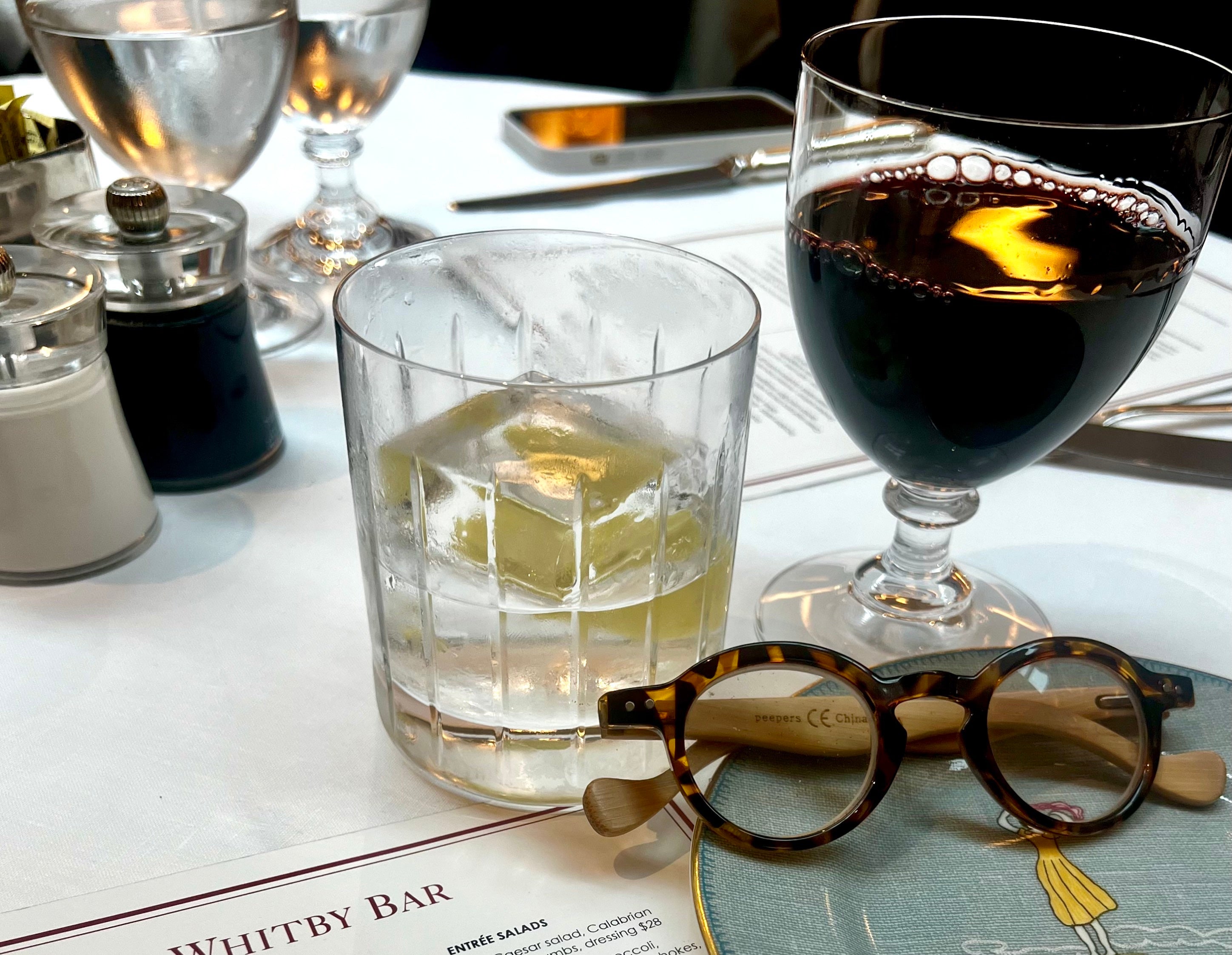Food & Recipes, Kitchen Hacks
Everything you need to know about your cast iron skillet.
The iron skillet is one of the most valuable tools in your kitchen and probably the one you take most for granted.
After a lovely dinner at the home of a friend, a few of us walked into his kitchen to freshen our wine and talk a little shop. One of the dishes that stuck in everyone’s mind was the fabulous gnocchi that he prepared in his favorite cast iron skillet.
Read: An easy recipe for gnocchi sausage, tomatoes in a skillet
I’ve cooked with skillets before, but this dish – so simple and tasty – was really something else. I was also impressed by the way he so matter-of-factly talked about how skillets were great for cooking anything where an oven and proper distribution of heat was needed. But, of course, some are better suited than others to go from stove top to oven.
I’m talking about the good old cast iron skillet. While the shiny copper-bottomed stainless-steel pans are very pretty to look at – your most valuable pan in the kitchen sits there, blackened and heavy. You can cook a whole chicken, a batch of cinnamon rolls, caramelize onions, even your favorite pan pizza in one! My favorite dish to prepare in my iron skillet is crispy skinned salmon filets. You can serve them with any favorite side dish as they basically cook themselves.
Unless your recipe calls for a ‘cold’ skillet (like my salmon does), cooking goes better if the cast iron skillet is preheated before adding ingredients.
The most crucial aspect to cooking with an iron skillet is cleaning and proper storage. It only takes a bit of care, and you’ll be able to hold on to it forever. One of my chef friends favorite skillets (yes, he has several) was passed down from his grandfather. I have another friend who has a photo from the 1930s where his hand-me-down skillet was used over a potbelly stove.
Don’t have an iron skillet? I recommend that you consider the same 12-inch cast iron skillet I have. See it in my latest video.
Start it off right by seasoning the pan even if it says it’s pre-seasoned. When you heat oil in a cast iron pan over high heat the oil molecules bond with the surface of the pan. The end result is that your skillet will become basically non-stick. Use a neutral (no strong flavor) oil with a high smoke point (the oil won’t smoke and burn). Recommended oils: vegetable, corn, canola or grapeseed.
Use a paper towel or kitchen towel and rub your pan all over with a very light coat of oil. Place it upside down in a preheated 500-deg F oven. You may want to lay some aluminum foil under the pan to catch anything that might drip.
After about an hour, the pan should emerge with a matte dark finish. Let it cool on the stove top and coat with another light coating of oil before storing. Each time you cook, the resulting fat and oils that accumulate in the pan adds another layer of seasoning. You can re-season your skillet when it starts to look dry or dull or if you can’t remember the last time you used it.
Being blackened doesn’t mean you don’t have to clean it. By all means: keep it clean! If you don’t remove those burnt crispy bits from the pan, they will create an irregular surface, and your pan won’t be non-stick anymore.
While the skillet is still warm wipe the cooking surface with paper towels to remove the leftover bits of food and oil. Rinse under hot running water and if necessary scrub the pan with a drop of dish soap and a nonmetal brush or nonabrasive scrub pad. Thoroughly dry your cleaned skillet and set it over a low flame on your stove for only a minute or so to help it dry it off completely. Pour about ½ teaspoon of neutral oil into the center of the pan. Using a paper towel lightly coat the interior surface with the oil. Wipe the surface with the oiled paper towel until it looks dark and smooth and no oil residue is left. Your workhorse is ready to be put away awaiting your next cooking project!
One bit of caution: never ever let your skillet soak in water, and absolutely do not place it in dishwater or a dishwasher. If you ever spot rust, do not fear. Use a bit of coarse Kosher Salt to form a paste and a green scrubby to remove all the rust and then season it thoroughly before storing.
Most of all, find some recipes to cook in your skillet and make some wonderful food memories.





















